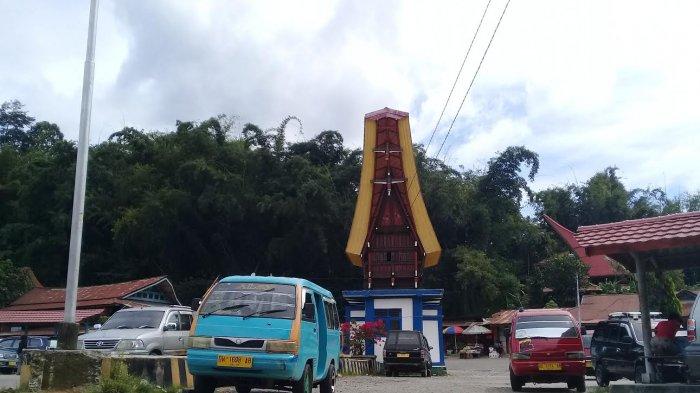
Local transportation in Indonesia is facing mounting challenges, particularly in rural and peri-urban communities. Bus and minivan services, which for decades have been a lifeline for these areas, are now in sharp decline, leading to the disappearance of such services in several remote regions.
According to the Head of the Center for Transportation and Logistics Studies at Universitas Gadjah Mada (Pustral UGM), Dr. Ikaputra, this phenomenon is largely driven by significant social shifts. The rapid increase in motorcycle ownership, coupled with the expansion of ride-hailing services, has transformed local mobility.
This transition, Dr. Ikaputra explained, was accelerated by government policies that facilitated motorcycle credit purchases, further reinforced by aggressive marketing campaigns reaching even remote villages.
“This has inevitably triggered a surge in private vehicle ownership. The rise has directly contributed to the shrinking of formal public transport networks that once served as the backbone of community mobility,” Dr. Ikaputra said during an international webinar titled Local Public Transport in Indonesia from a Japanese Perspective, delivered to journalists on Friday (Aug. 15).
Dr. Ikaputra highlighted the pressing human dimension of this crisis. The decline of public transport has had severe consequences for non-drivers, including the elderly, youth, and low-income residents. For these groups, the loss of public transport is not merely an inconvenience but a serious barrier to mobility.
“Once again, this limits access for the elderly, youth, and low-income populations to education, healthcare, and economic opportunities, while socially isolating them,” he stressed.
The international webinar on Local Public Transport in Indonesia from a Japanese Perspective was organized by Pustral UGM, featuring two speakers: Dr. Dewanti from UGM and Dr. Sotaro Yukawa, Associate Professor at Osaka University of Commerce.
In her presentation on Rural Transport Transformation in Indonesia, How Transport Services Shape Rural Development: Case Study of Klaten Rural Area, Dr. Dewanti explained that rural transport policies have largely been shaped by modernization paradigms reflecting an urban bias, framing road provision as the fundamental prerequisite for mobility and rural development.
Current rural transport policies, she added, remain fragmented and sectoral, with the main emphasis placed on infrastructure provision.
Dr. Dewanti further noted that around 75 percent of the world’s poor live in rural areas and face significant barriers to accessing public facilities and essential services. The lack of adequate rural transport services has negatively impacted mobility and accessibility in these areas.
“In several developing countries, women disproportionately bear the burden of transport. At the same time, there has been a major shift in rural development priorities, moving away from agriculture toward non-agricultural sectors,” she explained.
Meanwhile, in his presentation, Rethinking Local Public Transport in Indonesia from a Japanese Perspective: Lessons from Klaten Regency, Central Java, and Japan, Dr. Sotaro Yukawa discussed his interest in rural public transport in Indonesia.
He noted that rural transport issues in Japan are a serious concern and have become widely recognized among researchers. Many in Japan had assumed that private car ownership would remain limited in developing countries, and thus public transport would continue to thrive.
However, after conducting fieldwork in Malaysia and witnessing firsthand the decline of public transport networks, Dr. Yukawa observed similar patterns emerging in Indonesia since 2016, despite relatively low car ownership rates.
This experience motivated him to explore the causes and prospects of rural public transport in several countries.
Based on his research in Klaten Regency, covering Cawas, Wedi, and Manisrenggo, targeting markets, government offices, schools, and villages, Dr. Yukawa emphasized the critical importance of public transport for the elderly and students. He argued that strong social capital in rural communities is essential to meeting the challenges of sustaining local transport.
“In fact, what is happening in Indonesia is also happening in Japan. While Japan is often perceived as having a highly advanced public transport system, this convenience is largely limited to major metropolitan areas such as Tokyo and Osaka. In rural areas, urgent issues also exist, including declining bus ridership, the risks of elderly drivers in an aging population, and limited government support for public transport,” he explained.
Author: Agung Nugroho
Illustration: starnewsid.com

